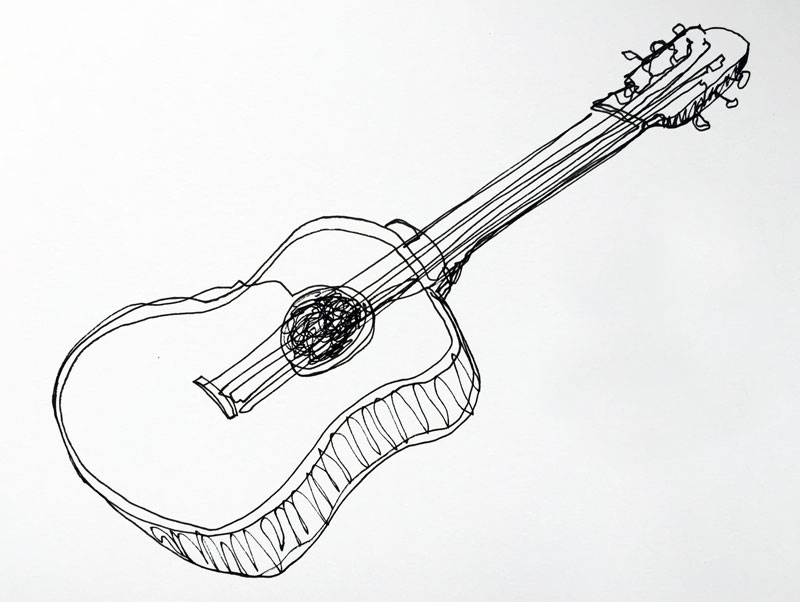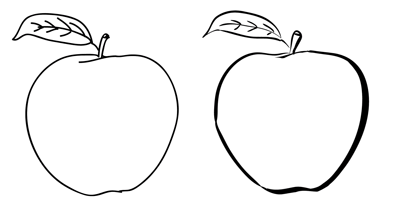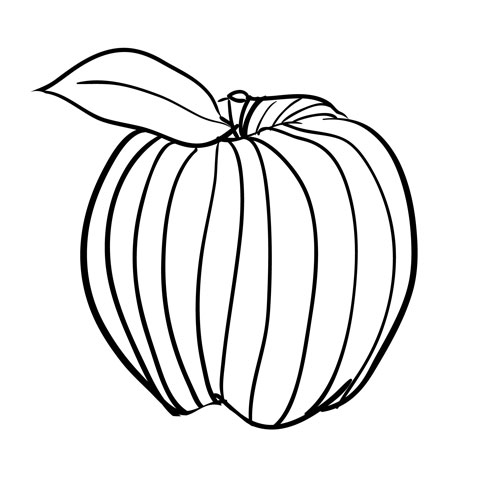Lesson: Line as the Foundation of Drawing
What is Line?
In terms of art, line is defined as a moving dot. Line is perhaps the most basic of the seven elements of art. Line is also a fundamental part of drawing. Understanding how to use line to it's fullest potential is absolutely essential to any artist's success.

Pablo Picasso, Portrait of Igor Stravinsky, 1920
Types of Lines
Lines come in all shapes and sizes and the types of line that can be drawn are endless. Some common forms of line include horizontal, vertical, diagonal, zigzag, and curved. Other types of line include broken lines and implied lines.
- Horizontal lines are lines that are parallel to the horizon and generally flow from left to right or vice versa.

- Vertical lines are lines that move up and down without any slant.

- Diagonal lines are lines that slant.

- Zig zag lines are lines that change direction abruptly.

- Curved lines gradually change direction.

- Broken lines include open spaces but continue on a path. These lines may imply an edge or be used to communicate a highlight.

Implied lines may include the open space in between broken lines. These lines may not be visible but are implied due to contrast in value or the inclusion of broken lines.
Contour lines
Line most commonly defines the edges of an object. We can obviously communicate a subject's edges by using line. In most cases, when we begin a drawing, we start by drawing the outlines of the subject.
The outlines are just the beginning since line is also used to describe the details on the subject as well. Usually, we can simplify areas of contrast on a subject into a line.
When line is used in this way, the lines are called contour lines.


Line Quality
Line quality is also called line weight and simply put, refers to the thickness or thinness of the line. Lines may become wider or thicker in areas where the object itself is thicker. Or lines may become thicker to help indicate a light source. Lines in areas of shadow may be thicker. By varying line quality (weight) you add variety to your work. Take a look at the apples below. Notice how varying the line quality in the drawing on the right, makes the apple appear to have form.

Cross Contour Lines
Cross contour lines are lines that define the form of the object even further. Cross contour lines may flow over the contours of the object. A good way to think of this is to imagine taking your finger and running it over the surface of an object. Your finger may go up or down depending on the surface of the object. If you were to draw these lines, these lines may change direction depending on the ends and outs of the surface of the object. Cross contour lines can be drawn horizontally or vertically over the surface of the object. When deciding on which direction to make brush strokes, add value, or material, consider the cross contour lines that may "exist" on the surface of the object.

